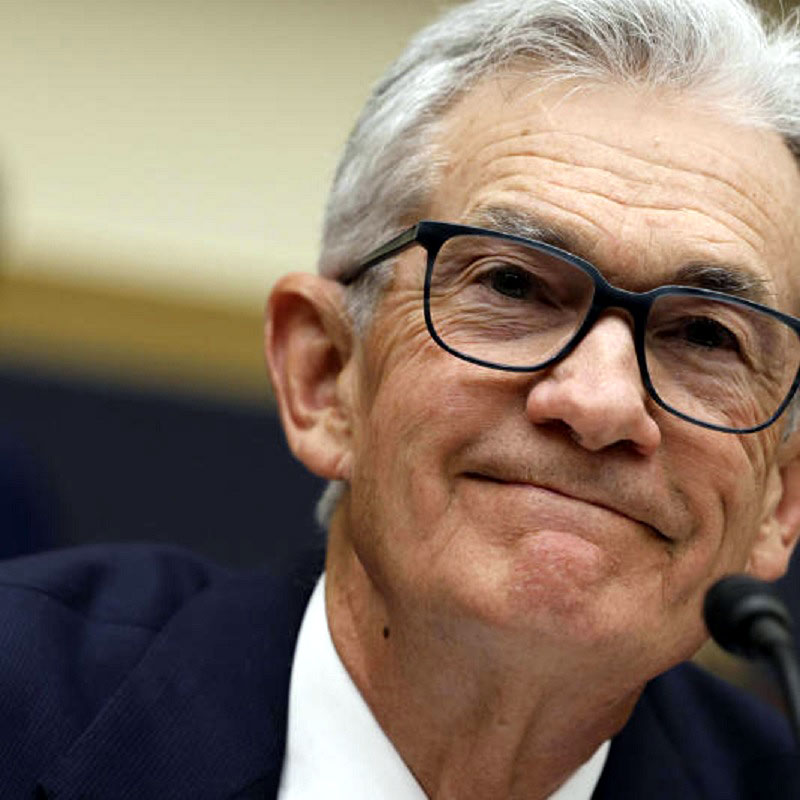Why the Federal Reserve’s Extended Liquidity Withdrawals Are Concerning Wall Street
The Federal Reserve’s prolonged balance sheet reduction, or “Quantitative Tightening” (QT), is creating unease on Wall Street. With interest rates rising and liquidity dwindling, market experts are questioning if the Fed’s approach may lead to financial strain.

© / Getty Images
Federal Reserve’s Liquidity Withdrawal Strategy: Impact on Wall Street and Market Concerns
The Federal Reserve has carefully managed its communication regarding interest rates, inflation, and economic policy, particularly since the pandemic of 2020. Although criticized for sometimes “over-communicating,” it has maintained a deliberate silence on its extensive trillion balance sheet reduction and the liquidity withdrawal process crucial for balancing financial markets.
Prolonged Quantitative Tightening Shakes Market Confidence
Bridge Khurana, Senior Managing Director at Wellington Management, highlighted a general market consensus earlier this year that the Fed might end its Quantitative Tightening (QT) policy by late 2024. QT refers to the process where the Fed reduces its balance sheet by allowing its assets to mature without reinvestment.
However, recent Fed surveys indicate that the timeline for ending QT has been pushed further into the future. Adding to the uncertainty, Dallas Fed President Lorie Logan recently commented that “liquidity appears more than adequate,” sparking concerns as the banking system’s reserves are thinning and overnight reverse repurchase agreements, a critical liquidity gauge, have seen increased usage.
Strains in Financial Markets as Fed’s QT Continues
Analysts like Joseph Abate of Barclays suggested the Fed should announce an end to QT in its upcoming November meeting. However, Bank of America’s global rate strategists speculated that QT would cease only when the Fed cuts rates for the first time in years.
Yet, despite these projections, the Fed continues to remove Treasury and mortgage-backed securities from its balance sheet each month, even after expanding its holdings substantially during the 2007-08 financial crisis and again during the COVID-19 pandemic. This expansion aimed to stabilize the economy by bolstering risk appetite, strengthening capital markets, and maintaining control over long-term interest rates. However, reverting to a more normalized balance sheet has proven to be a formidable challenge.
The Fed’s Strategic Balance Sheet Reduction and Its Limitations
To maintain market stability, the Fed began a controlled balance sheet runoff two years ago, allowing up to $95 billion in monthly runoffs for Treasuries and agency mortgage-backed securities. By June, it adjusted this pace, allowing only $25 billion in Treasuries to mature each month, a reduction from the previous $60 billion cap, while keeping the potential mortgage-bond runoff capped at $35 billion.
Fed officials have likened this gradual reduction to “watching paint dry”—a process intended to operate quietly in the background without market disruptions. The overarching goal is to transition from “ample” to “abundant” reserve levels in the banking system without veering into “scarcity.”
Wall Street’s Concerns Over Reserve Levels Amid Continued QT
In an October address, Dallas Fed President Logan placed current reserve balances at $3.2 trillion, up from $1.7 trillion at the beginning of 2020. Wall Street analysts, however, speculate that a minimum reserve requirement for banks is closer to $3 trillion.
This discrepancy raises questions about the Fed’s potential threshold for ending QT and whether the central bank risks extracting too much liquidity from financial markets. In May, the Fed described the ideal reserve level as “uncertain” and committed to “closely monitoring” potential liquidity shortfalls. According to Lou Crandall, Chief Economist at Wrightson ICAP, “They are far from ending the runoff. Instead, the Fed is aiming for a slow and cautious approach to avoid undue market pressure.”